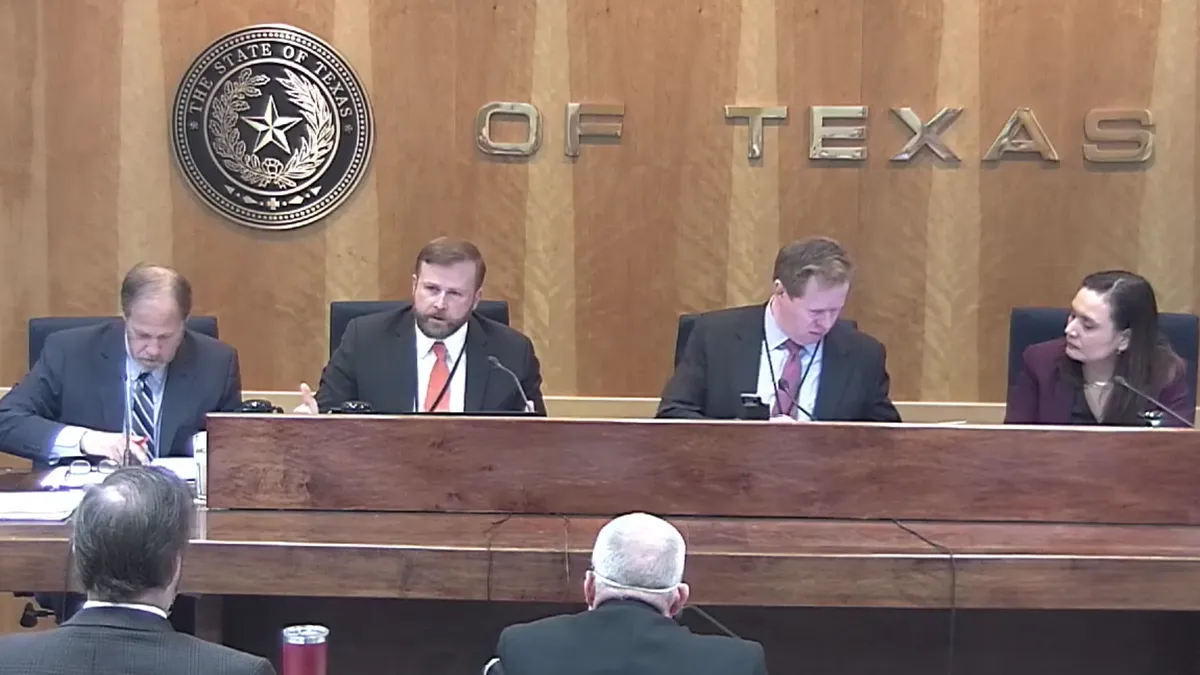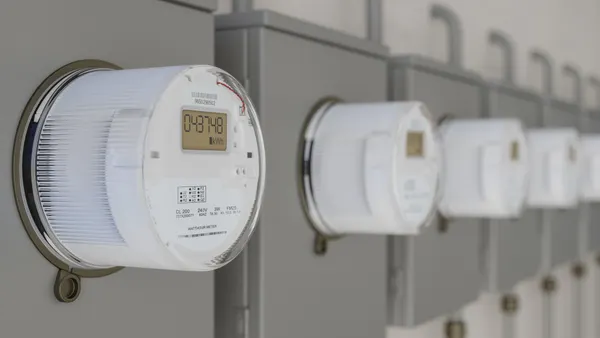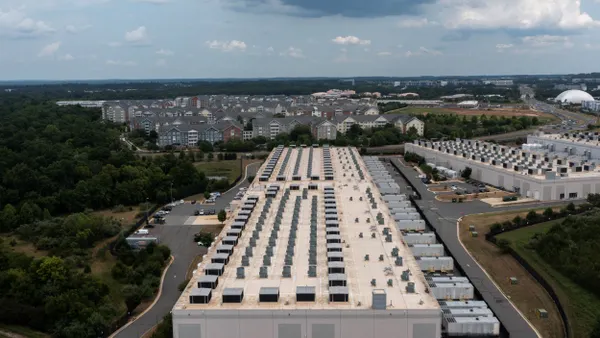Dive Brief:
- Texas utilities exceeding their energy efficiency targets can receive outsized performance bonuses that otherwise could go to help customers reduce peak demand or save energy, Cyrus Reed, conservation director of the Sierra Club’s Lone Star Chapter, told regulators on Thursday.
- Oncor Electric, Entergy and CenterPoint could earn bonuses equal to a third or more of their energy efficiency budgets, Reed said in a public comment session at the Public Utilities Commission of Texas. Energy savings targets have not been adjusted since 2011, he said, meaning utilities meet them with little difficulty.
- Texas regulators have been scrambling to reduce demand and add resources, as extreme heat has challenged the grid’s reliability. The Electric Reliability Council of Texas grid set a new peak demand record of more than 75,000 MW on Sunday.
Dive Insight:
During periods of extreme temperatures, Texas needs every megawatt it can get. Energy efficiency could help reduce grid stress, but advocates say the state is underinvesting in conservation measures.
“Prices are up. The cheapest and quickest and cleanest way to help consumers is efficiency,” said Reed.
Last year the American Council for an Energy-Efficient Economy identified seven residential energy efficiency and demand response programs in Texas that could lower summer peaks by 7,650 MW and winter peaks by 11,400 MW.
Utilities filed energy efficiency plans in April, to comply with a 2011 law requiring them to reduce residential peak demand a minimum of 0.4% annually, while also lowering overall consumption. But those targets have not been reset in a decade, Reed said, and regulators need to revisit their expectations as well as how utilities are compensated.
Eight utilities are proposing to reduce peak demand in 2023 by a combined 531 MW – that’s more than twice what was required by the Texas legislature more than a decade ago, but utilities achieved 547 MW of savings in 2021, according to Reed.
Performance bonuses for exceeding targets can make up a large portion of a utility’s efficiency budget.
“Utilities can get a huge bonus if they exceed the [2011] goal by at least 20%,” Reed said, allowing them to claim up to 10% of avoided costs from the programs. He pointed to Oncor, which told regulators that in 2021 their programs avoided $280 million in costs – meaning they requested a bonus of $28 million. That’s about a third of their proposed energy efficiency budget of $83 million for 2023, Reed noted.
For Entergy, 37% of their budget could go to performance bonuses, according to Sierra Club; for CenterPoint, 36% of their proposed budget could go towards a performance bonus.
CenterPoint, in a statement, said the requested performance bonus in its recent energy efficiency cost recovery filing was calculated in accordance with the rules and in 2021 the utility “implemented a cost effective energy efficiency portfolio that exceeded goals and generated more than $233.5 million in net benefits.”
Oncor and Entergy did not respond to requests for comment.
According to Reed, the PUC could consider higher savings goals, specific winter peak programs, and adjusting utility caps on efficiency spending. The legislature directed the PUC in 2011 to offer performance bonuses, but the details were left up to the commission.
“It is reasonable to provide a bonus to utilities for exceeding goals, but our goals are tiny, especially our savings goals, meaning it is super easy to meet them,” Reed said. A better approach, he said, could include a rate of return on the investment, or allowing utilities to recover a percentage of lost revenues from reduced sales.
The utilities “aren’t doing anything wrong. They’re following the rules, but we need to relook at those rules.” Reed said. He asked regulators to tackle the issue in a single proceeding, “so you're not forced to approve all these plans in a few months without taking a good look at them.”













